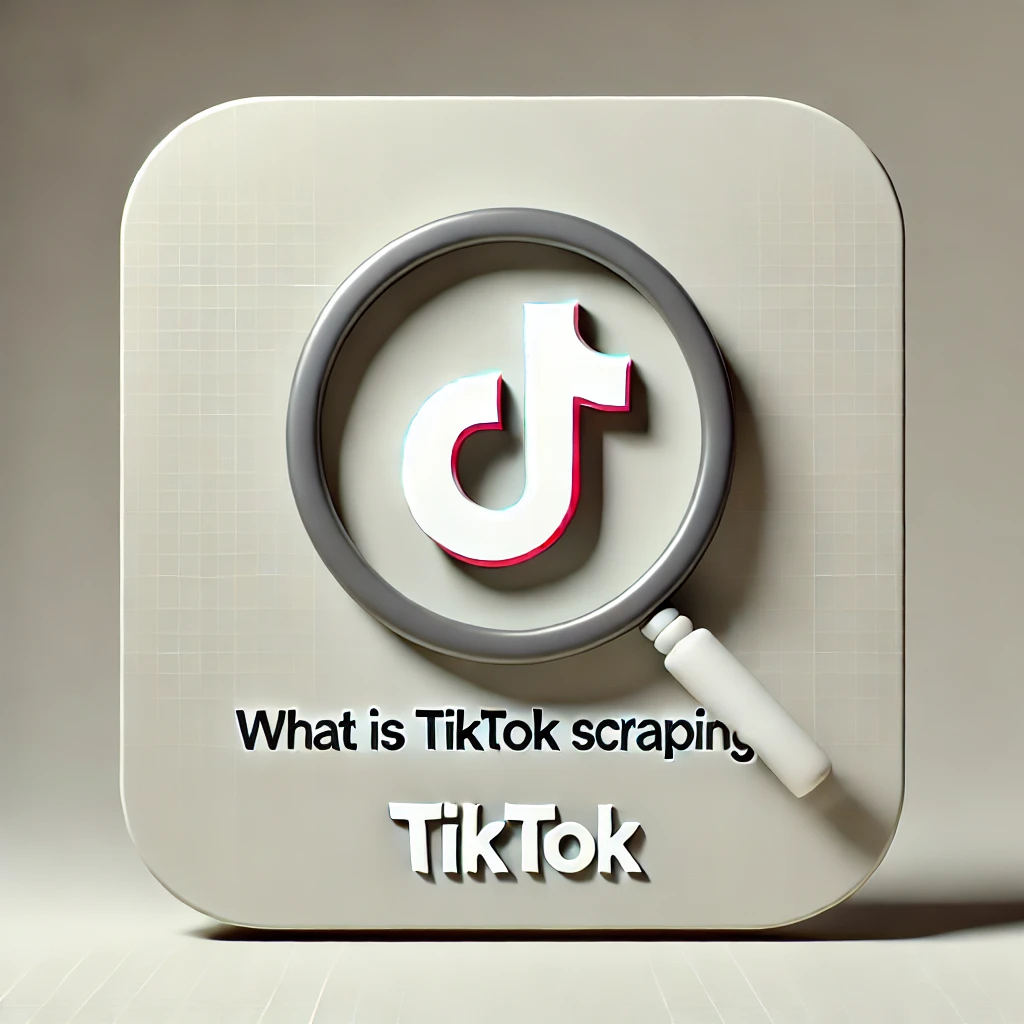TikTok has taken the social media world by storm, amassing over a billion active users worldwide. With its explosive growth and cultural impact, TikTok has become a goldmine of valuable data for businesses, researchers, and marketers. This is where TikTok scraping comes into play.
What is TikTok Scraping?
TikTok scraping is the process of automatically extracting publicly available data from the TikTok platform. This can include various types of information such as user profiles, video metadata, comments, likes, and hashtags. While scraping can involve both manual and automated activities, it typically refers to automated processes carried out by web crawlers or custom scripts that interact with TikTok's APIs or web interface.
Why Scrape TikTok?
There are numerous reasons why individuals and organizations might want to scrape data from TikTok:
- Market Research: Analyzing trends, popular content, and user behavior can provide invaluable insights for businesses looking to understand their target audience.
- Competitor Analysis: Brands can track their competitors' performance, content strategies, and engagement rates.
- Influencer Marketing: Identifying and evaluating potential influencers for marketing campaigns becomes easier with access to comprehensive TikTok data.
- Content Creation: Understanding what types of content perform well can inform creators' strategies and help them produce more engaging videos.
- Academic Research: Scholars studying social media trends, user behavior, or cultural phenomena can benefit from TikTok data.
Methods of TikTok Scraping
There are several approaches to scraping data from TikTok:
1. Using TikTok's Official API
TikTok offers an official API that allows developers to access certain types of data on the platform for approved purposes. This is the most legitimate and recommended method for accessing TikTok data. However, it may have limitations in terms of the amount and types of data available.
2. Custom Python Scripts
Many developers opt to create custom Python scripts using libraries like BeautifulSoup or Scrapy to extract data from TikTok's web interface. This method requires programming skills and a good understanding of web scraping techniques.
3. Third-Party Scraping Tools
There are numerous third-party tools and services available that specialize in TikTok data extraction. These can range from browser extensions to full-fledged web scraping platforms. Some popular options include:
- Bright Data
- Apify
- Smartproxy
- Nimble
- Octoparse
- Scrape Creators
Each of these tools has its own strengths and is suited for different use cases and scales of data extraction.
The Scraping Process
Regardless of the method chosen, the general process of scraping TikTok data typically involves the following steps:
- Determining the Data to Scrape: Identify the specific information you need, such as user profiles, video details, or hashtag data[1].
- Choosing a Scraping Method: Select a technique that aligns with your technical expertise and data requirements.
- Accessing TikTok's Content: This may involve interacting with TikTok's API, web interface, or using a third-party tool.
- Extracting the Data: Parse the HTML content or API responses to extract the desired information.
- Handling Pagination: Many TikTok pages use infinite scrolling, so your scraper needs to be able to navigate through multiple pages of content.
- Storing the Data: Save the extracted information in a structured format like CSV, JSON, or a database for further analysis.
- Analyzing the Scraped Data: Once collected, the data can be analyzed to gain insights into user behavior, content trends, and more[1].
Challenges in TikTok Scraping
While TikTok scraping can be incredibly valuable, it comes with its own set of challenges:
1. Anti-Scraping Measures
TikTok, like many modern web platforms, implements various anti-scraping techniques to protect its data and ensure platform integrity[3]. These may include:
- Rate limiting
- CAPTCHA challenges
- IP blocking
- Dynamic content loading
- Scrape Creators
2. Legal and Ethical Considerations
Scraping TikTok data raises important legal and ethical questions. While scraping publicly available data is generally legal, it must comply with applicable laws and regulations, such as data protection and privacy laws[1].
3. Data Accuracy and Completeness
Ensuring the accuracy and completeness of scraped data can be challenging, especially when dealing with large volumes of information.
4. Keeping Up with Platform Changes
TikTok frequently updates its platform, which can break existing scraping scripts and require constant maintenance.
Best Practices for TikTok Scraping
To navigate these challenges and ensure responsible data collection, consider the following best practices:
- Respect TikTok's Terms of Service: Always review and adhere to TikTok's terms of service and developer policies[1].
- Use Official APIs When Possible: Prioritize using TikTok's official API for data access when available.
- Implement Rate Limiting: Respect TikTok's servers by limiting the frequency of your requests.
- Protect User Privacy: Avoid collecting personally identifiable information (PII) and ensure compliance with data protection regulations.
- Keep Your Scraper Up-to-Date: Regularly update your scraping tools or scripts to adapt to TikTok's platform changes.
- Be Transparent: If you're using scraped data for research or business purposes, be transparent about your data collection methods.
The Future of TikTok Scraping
As TikTok continues to grow and evolve, so too will the methods and applications of TikTok scraping. We can expect to see more sophisticated scraping tools emerge, as well as increased scrutiny on data collection practices. Businesses and researchers will need to stay informed about the latest developments in TikTok's policies and technologies to ensure their data collection methods remain effective and compliant.
In conclusion, TikTok scraping offers a powerful way to tap into the vast amount of data generated on this popular platform. When done responsibly and ethically, it can provide valuable insights that drive business decisions, inform research, and shape content strategies. As with any data collection method, it's crucial to balance the potential benefits with respect for user privacy and platform policies.
